Fruits are mostly nutritious and contain no additives. Like many plant-based foods, Low-Carb Fruits and Vegetables can provide a large amount of essential nutrients and nutrients; almost all fruits contain potassium, vitamin C and fiber.
Fruits also contain protein, fat and many useful nutrients; you should not eliminate these foods from your diet. Fruits and Vegetables contain different carbohydrates, so choosing the right amount will ensure you get the health benefits of this delicious and varied fruit while staying within your daily carb intake.
If you’re switching to a low-carb lifestyle, this guide will teach you everything you need to know about eating low-carb fruits and vegetables on a low-carb diet. Skip the lines and read on!
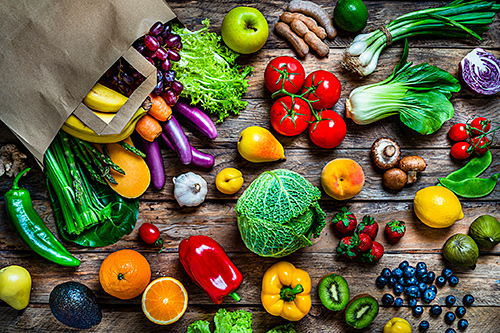
Recommended Carbohydrates in Low-Carbohydrate Diets:
There are many variations of this diet and what is best for you in terms of daily carbohydrate intake depends on your preferences and goals.
Common Low-Carb Fruits and Vegetables-carbohydrate Diet include:
A low-carb diet contains less carbohydrates and protein than a regular diet.
The daily carbohydrate intake, which is between 100 and 150 grams, comes from large fruits to maintain a constant weight or become stronger.
If this weight loss or weight is between 50 and 100 grams, it will help with weight loss or long-term maintenance. You can eat fruit once or twice a day.
If it is below 50 grams, it will help you lose weight quickly. People may avoid fruit or replace it with other foods to maintain their daily carb intake. Eat lots of vegetables, but limit your meals to those on the low glycemic index.
Dilemma of Fruits and Vegetables and low-carb diets:
It’s best to think beyond just bread and pastries as you reduce your carbohydrate intake. Many low-carb diets recommend that you avoid fruit because of its natural sugar content, which causes a lot of confusion.
You’ve probably heard that since the fruit contains natural sugar, you can’t eat it even if you have diabetes or are on a low-carb diet. Although fruit sugars occur naturally, their effect on blood sugar depends on many variables, including what is eaten if a person has diabetes. Low-Carb Fruits and Vegetables contain many health-promoting nutrients, so leaving them out of your diet can be harmful.
Fruit Containing Sugar
Some low-carb diets specifically state that fruit should be avoided, at least as part of the diet. Due to the high natural sugar content, the fruit has a higher carbohydrate content than other vegetables.
But not all sugar is bad; eat it in moderation, anyone can have beneficial effects without contributing to carb overload in most people.
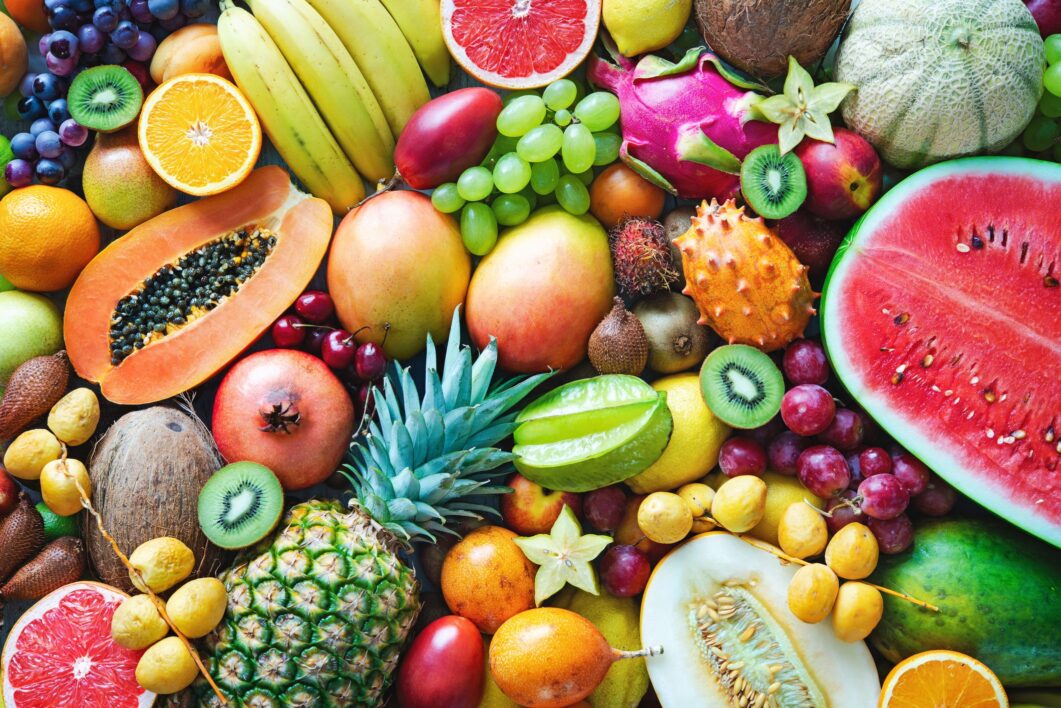
Is the fruit Advantageous?
Fruits are known to be healthy because they are a complete food. There are thousands of unique edible fruits, each with a nutritional profile.
They are called “nature’s fast food” because they are easy to transport and prepare. However, fruits have high sugar content compared to other foods. The three sugars found in fruit are glucose, fructose and sucrose.
You must be wondering if they are okay. However, a common misconception is that excessive alcohol consumption is dangerous when consumed in large quantities.
Fructose is dangerous in large doses and it is difficult to get enough fructose from fruits. Of course, not only fructose contains water, it is also very important.
They contain many nutrients that are beneficial for human health, including fiber, many vitamins, minerals, antioxidants, and other plant compounds. In addition, fruits contain a lot of vitamin C, potassium and folate, all vitamins and minerals that most people need. So if you want to maximize the health benefits of fruits, choose fruits that are high in nutrients.
Fashionista Era statement
Since each fruit has a unique nutritional value, it is better to eat a variety of fruits. However, it is best to choose them carefully based on your goals. We prefer fruits with skin because they are rich in antioxidants and fiber. Due to high fiber and fructose, fruit has a low glycemic index (GI). Low GI foods include cantaloupe, pineapple, dates and dried fruit; Sugary dried fruits have a high GI value. Just be careful about the fruit you choose and the size of the lot.

When should you avoid fruit?
Although the fruit is generally healthy, some people should avoid it for health reasons. For example, a person diagnosed with diabetes or hypoglycemia cannot consume dried fruit or fruit juice. Additionally, most juices on the market aren’t even “real” juices, they’re just water mixed with concentrate and tons of sugar.
Even if you buy 100% pure juice, keep your food. Fruit juices contain about the same amount of sugar as sweetened beverages. Because there is no chewing resistance or fiber to slow it down, it’s easy to get a big sugar rush.
Finally, choose low-carb fruits that fit your daily carb allowance.
List of Best Low Carb Fruits
Some fruits are low in carbohydrates per serving because they contain more water or because their high fiber content makes them less digestible.
However, the remaining carbohydrates in these fruits are easy to absorb. Fiber is a carbohydrate, but it is indigestible by the body, so it does not affect blood sugar. For this reason, some people use more than the total amount of carbohydrates.
Melon is a low fructose fruit and cantaloupe is a good orange melon to eat on a hot day. Like other fresh fruits, cantaloupe is rich in vitamins and nutrients such as potassium, vitamins C and A and beta-carotene.
Cantaloupe
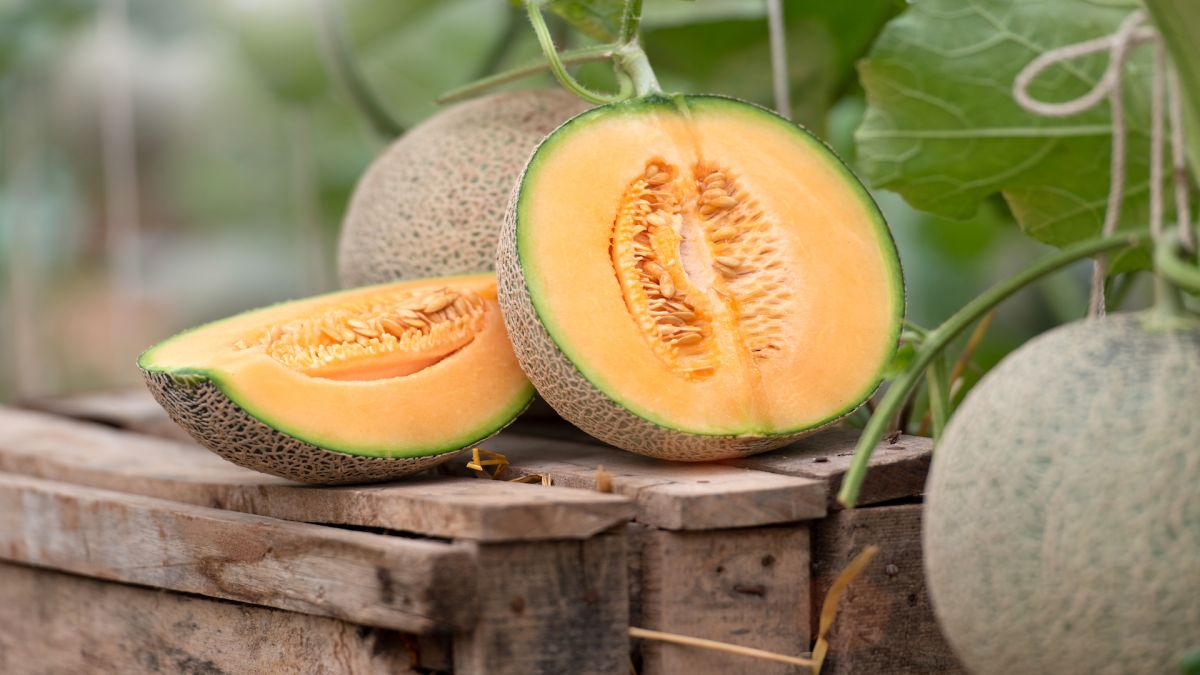
Cantaloupe or honey and tuna salad is a popular combination. Make a delicious agua fresca by mixing cantaloupe with lime, mint and water.
According to research, cantaloupe is high in vitamin C, which has anti-inflammatory, antioxidant and possibly anti-carcinogenic properties, which can help fight disease.
Lemon

Lemons are a great fruit to have on hand. This bright citrus fruit and juice is keto friendly. It is useful if the food becomes more acidic; put a piece in water or a roll of fruit juice.
You’ll still get disease-fighting vitamin C, an antioxidant that research shows fights free radicals associated with aging and chronic disease, and aids digestion.
Kiwi
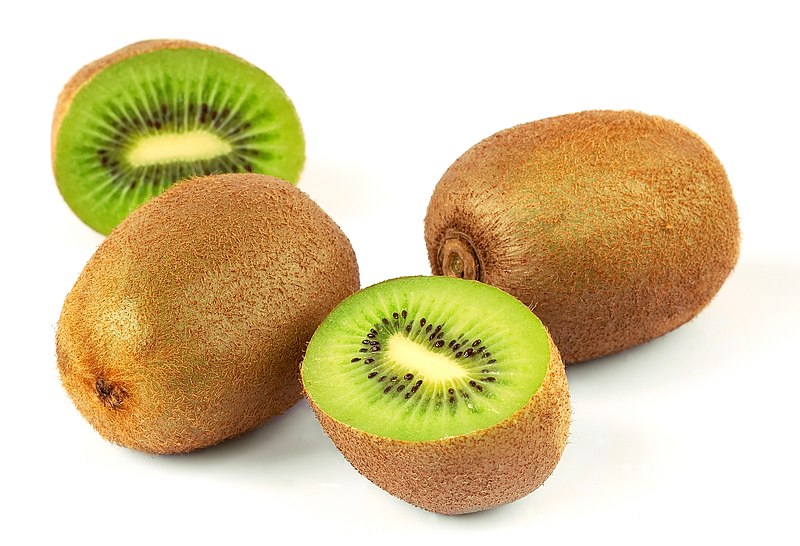
Kiwi is one of the most delicious fruits. So you might think this is unacceptable on a low carb diet. However, you can also eat kiwi in this diet. Kiwi fruit has a mild flavor and makes a bright fruit salad.
They are delicious raw or mixed with a smoothie or homemade ice cream, and you can eat the fruit and peel. In addition, vitamin C and antioxidants in kiwi fruit can help the immune system to work, which can help reduce cold and flu, according to previous research.
Raspberry

Raspberries are a sugar-free fruit, high in vitamin C, a nutrient that is essential for the immune system and iron absorption.
According to one study, it contains many powerful antioxidants, such as vitamin C, quercetin, and ellagic acid. Enjoy the dish itself, like clothes or other things. They are available frozen all year round or fresh in the summer.
Plum

Yellow plums are low in calories and carbohydrates. Fresh fruit should be given over dried fruit (previously prunes) as dried fruit is high in sugar and carbohydrates.
Plum is a powerful antioxidant that can help reduce inflammation and protect cells from free radical damage. It is also very high in polyphenol antioxidants, which one study shows improves bone health and others it may help reduce the risk of heart disease and diabetes.
Watermelon
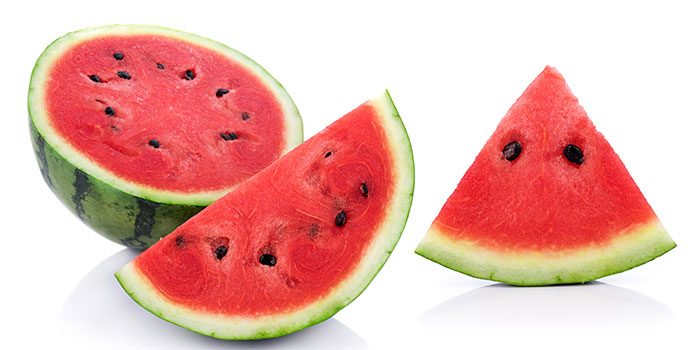
Fruits that are high in water or fiber contain less carbohydrates than others. A famous example is watermelon, a delicious summer treat that is 92 percent water and has the lowest carbohydrate content of any fruit, with only 7.5 carbs per 100 grams. It also has a high content of vitamins A and C. How yes, food can also be filling, because watermelon has a lot of water.
It is also high in lycopene, a phytochemical responsible for the red color of watermelons, and antioxidants. According to a study, lycopene can reduce inflammation in the whole body, can reduce the risk of diseases such as breast, stomach, intestines and lungs. However, because of its low fiber, watermelon has a high glycemic index.
Peach

Peaches are sweet and savory and surprisingly low in carbohydrates. Fruits are sweet, soft and delicious and are combined with different foods such as desserts, ice cream, smoothies and sauces.
According to research, the phytochemicals (antioxidants) that give peaches their yellow/orange color contribute to eye health. Fresh peaches (and other Low-Carb fruits and vegetables rich in these nutrients) protect against glaucoma in once or twice a week.
Grapefruit

Grapefruit is another low-carb food and a great source of vitamin C. Fresh grapefruit can be eaten in a fruit salad or on its own, depending on the type of sugar or sweetener.
Grapes are rich in potassium, which can help balance water and sodium in your body if you have high blood pressure. It can also lower blood pressure and reduce the risk of heart disease and stroke.
Strawberry

Strawberries are a good low-carb fruit. It is also rich in antioxidants, vitamin C and fiber and is low in carbohydrates.
According to research, eating strawberries reduces the risk of many chronic diseases. It can also help improve heart health, lower blood sugar and prevent cancer.
Orange

On a low-carb diet, oranges are a good go-to food. Because oranges contain potassium, which can help lower blood pressure, increasing your diet with potassium-rich foods can have the same blood pressure-lowering effect as taking potassium supplements. It is also high in vitamin C which boosts immunity.
A list of the best low-carb vegetables
Vegetables get a bit of a bad rap than fruits when it comes to carbohydrates. They generally contain less sugar and thus less carbohydrates than fruit.
Even if you restrict carbohydrates, vegetables should be an important source in your diet. They are higher in fiber and fewer calories per serving than any other food group. They also contain many health compounds, including phytochemicals, vitamins and minerals.
In general, the higher the water content of vegetables, the lower the carbohydrate content of this standard message.
These are the best low carb options.
Tomatoes

Tomatoes contain only 3.89 g of reliable carbohydrates and 1.2 g of fiber, for only 2.69 g of carbohydrates per 100 g serving!
Eat them raw as a light, healthy snack with salt and pepper, as an ingredient for salads or sandwiches, or cook them in soups or dishes.
Iceberg lettuce

Perhaps one of the most popular – although not nutritious – vegetables, iceberg lettuce has only 2.97g of carbs per 100g. Combine it with some of the other vegetables on the list for a low-carb salad that’s packed with nutrients.
White mushrooms
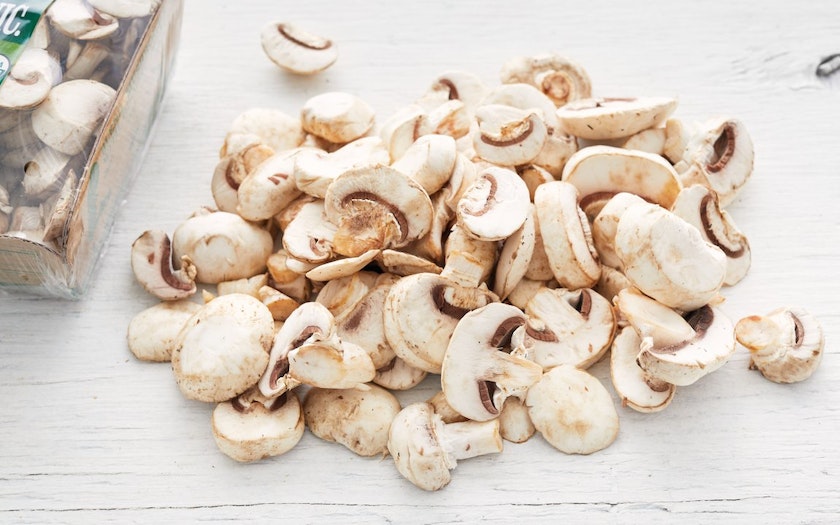
Mushrooms contain only 3.26 g of carbohydrates per 100 grams. Add it to an egg white omelet for a healthy and light breakfast.
Swiss chard

Another nutritious green leaf, Swiss chard has only 3.74 grams of carbohydrates per 100 grams. Swiss chard is good in soups and cooked with garlic.
Bell peppers

A light, mild dish that is good or with other vegetables like it, pepper has only 5.88g of carbs per 100g.
Cauliflower
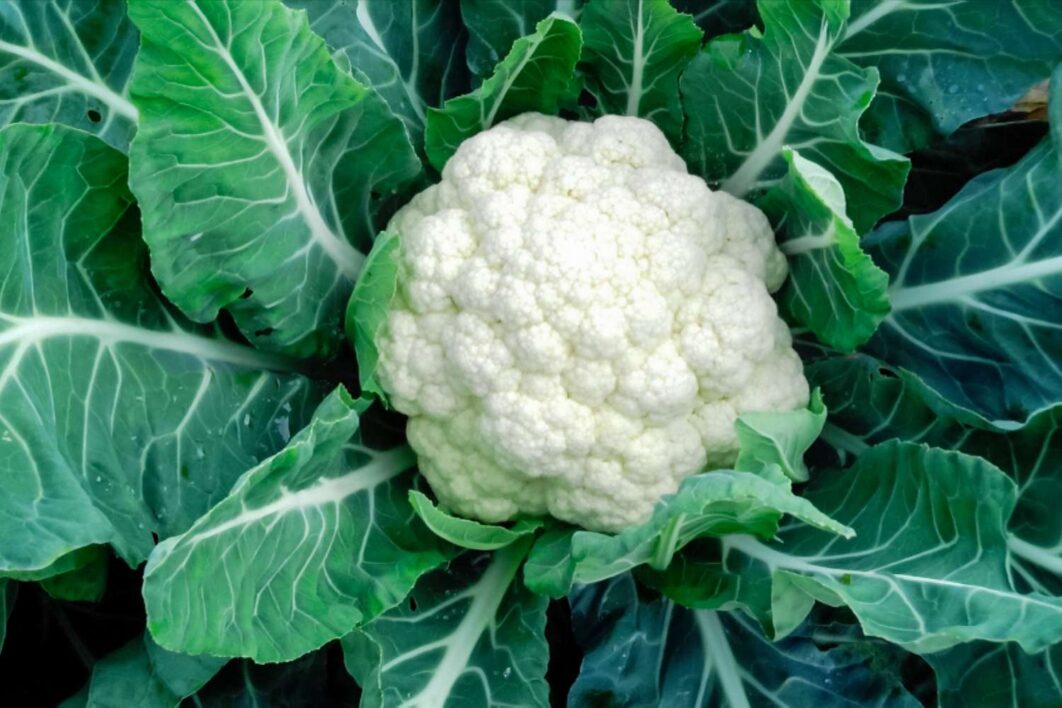
Cauliflower contains only 4.97g of reliable carbohydrates and 2.0g of fiber, so it has only 2.97g of carbohydrates per 100g of food! In addition to enjoying your roses, you can turn them into a delicious, low-carb alternative to rice or other grains.
Just clean it with spices, and serve it cooked or raw, or as a side dish or mixed with vegetables and other proteins, and add it to the dressing of your choice.
Alfalfa sprouts
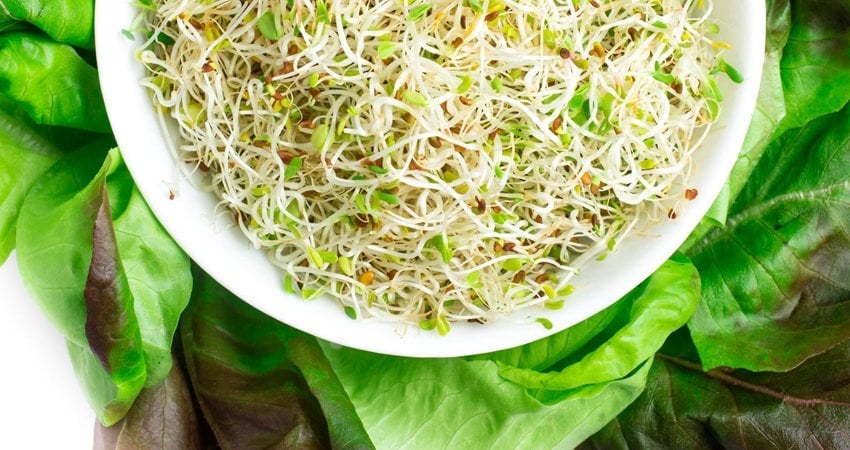
Alfalfa, which is alfalfa seeds, contains 2.1 grams of carbohydrates per 100 grams. This nutritious vegetable is a perfect salad food.
Arugula

Arugula is a leafy green that contains only 3.65 grams of carbohydrates per 100 grams. It is sweet with a slightly spicy character and is a good source of vitamin A, vitamin K, vitamin C, folic acid and calcium.
Try it in a salad mixed with other vegetables or cook it in stews, soups or stews.
Cucumber

Cucumber is a refreshing and nutritious addition to any salad, Greek or otherwise! Peeled, they contain only 2.16 grams of carbohydrates per 100 grams. If you want to have them on the skin, this 3.63g is a reliable place, which is still low.
Celery
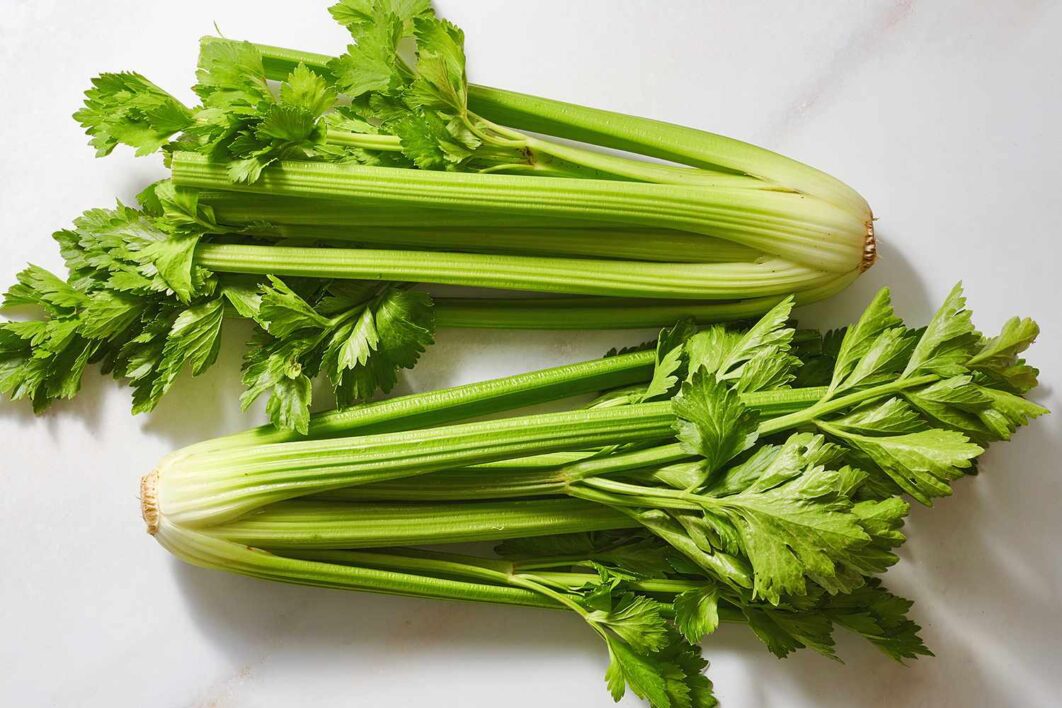
Celery has the same amount of carbohydrates as iceberg lettuce (2.97 g / 100 g). Enjoy this versatile vegetable in salads or casseroles, or add it to unsweetened peanut butter.
Spinach

For 100g of vegetables, you will get 3.63g of reliable carbohydrates. For perspective, that’s only about 1g per cup. Here’s how to top spinach salads with chicken breast and fresh strawberries on top.
Broccoli
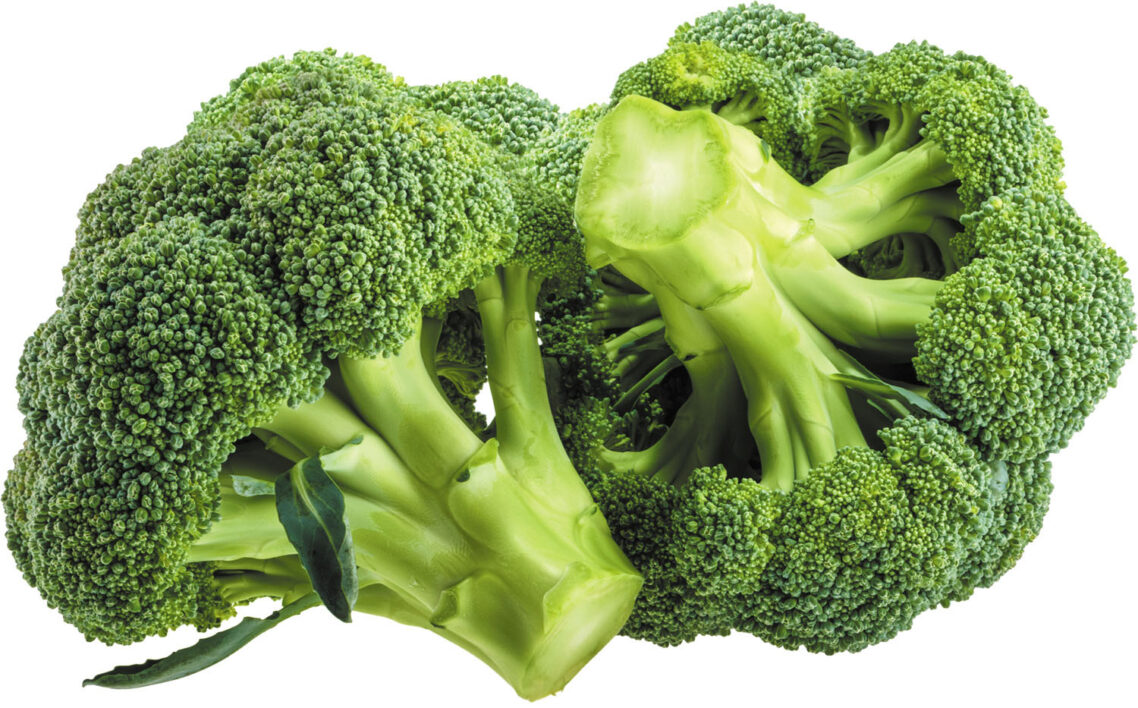
A nutritious cruciferous vegetable, raw broccoli contains 6.64g of carbohydrates and 2.6g of fiber, making it only 4.04g of carbohydrates per 100g. Try it raw in a salad, lightly steamed or fried, mixed with garlic, ginger and a little olive oil.
Zucchini
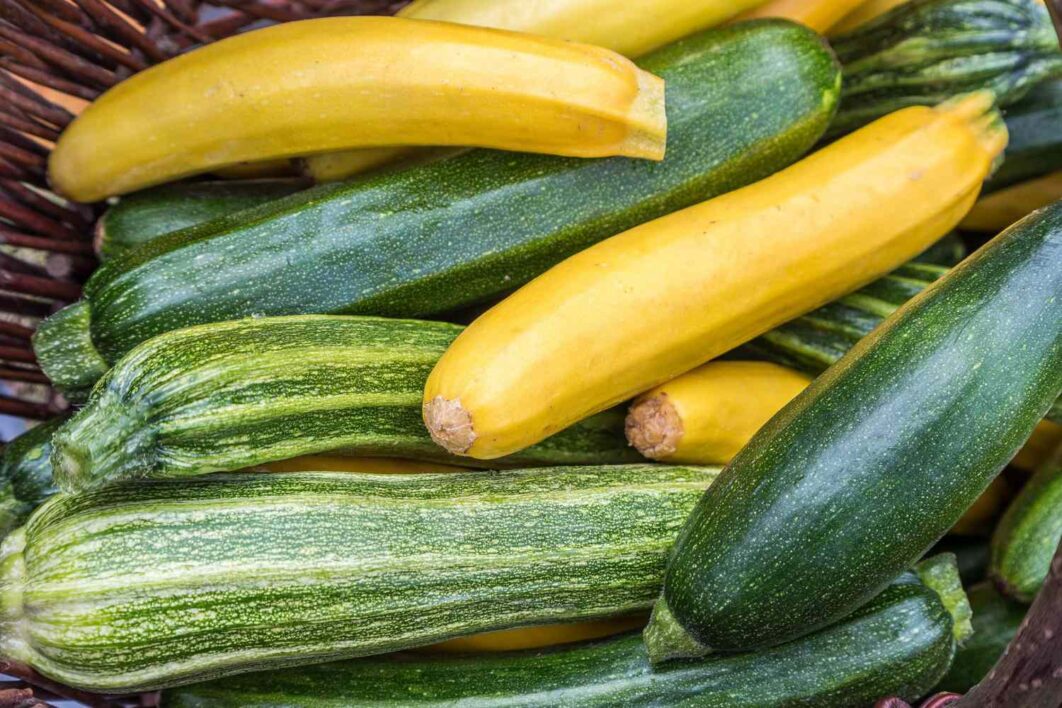
Zucchini can be “zoodled” or turned into pasta using a spiralizer or peeler. It is a delicious, low carb alternative to pasta, with only 3.11 grams of carbohydrates per 100 grams.
Or try to massage, cook or cook zucchini, and add it to other vegetables and sauces to make a low-quality “lasagna”.
Asparagus

Asparagus contains 3.88 grams of carbohydrates per 100 grams. Try it with hot water or sprinkle it with a little olive oil and cook it in the oven or on a hot stove. Sprinkle over the top with a squeeze of fresh lemon juice.
Radish

With only 3.4 grams of carbohydrates per 100 grams, radishes are an often overlooked but delicious and nutritious food.
Sliced radishes make a great addition to salads, or eat the whole radish with salt or add it to your favorite spread or dressing.
Radicchio
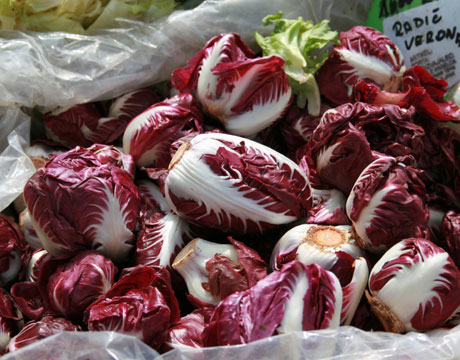
Radicchio contains only 4.48g of reliable carbohydrates per 100g and the strong leaves can be used as a salad dressing to add the ingredients of your choice.
Radicchio can be eaten raw or cooked in a variety of ways. It can even handle grilling.
Low-carb diets
So now you have a list of low-carb fruits and vegetables. How much of these foods you need to include in your diet depends on the type of low carb diet you are following. Types of low carb foods are:
Caveman Diets: Some diets, such as the paleolithic or “paleo” diet, or the “ancient” diet, require a reduction in carbohydrate intake. However, specific amounts may vary from person to person, depending on the needs and goals of each individual. For example, with these foods you can eat 100-150 g of carbohydrates per day, or even 50 g per day.
Ultra low carb: Some restricted-carbohydrate diets, such as the ketogenic diet, typically consume 20g or less of carbohydrates per day.
Regardless of the type of diet you follow, you should be able to include small amounts of fruits and vegetables in your daily meals.
General low carb: According to the American Diabetes Association, the recommended daily carbohydrate intake is 130 g per day. Therefore, a carbohydrate intake of less than 130 g per day is considered a “low carb” diet.
It’s always a good idea to talk to your doctor before making any changes to your diet, including big changes to your carbohydrate intake.

Fashionista Era statement
When following a low-carb diet, the main goal is to reduce carbohydrate intake enough to reach your goals. Try to eat fruits with less sugar. If you have diabetes, consult your doctor or nutritionist to create a diet with the right amount of fruit. Fruits provide fiber, vitamins and minerals, making them the best choice for a delicious snack when you’re trying to cut down on sugar. Just be careful about the type of fruit and portion you choose.
Bottom Line
A low carb diet does not always mean eating protein and fat. Fruits and vegetables can be an important source in a low-carb diet. Many people benefit from the Low-Carb Fruits and Vegetables. Although eating too much sugar can be harmful, this is not the case for whole fruits. Instead, “good” food that is rich in nutrients. Make an informed decision by knowing which fruits you can eat without going over the recommended carb intake.

